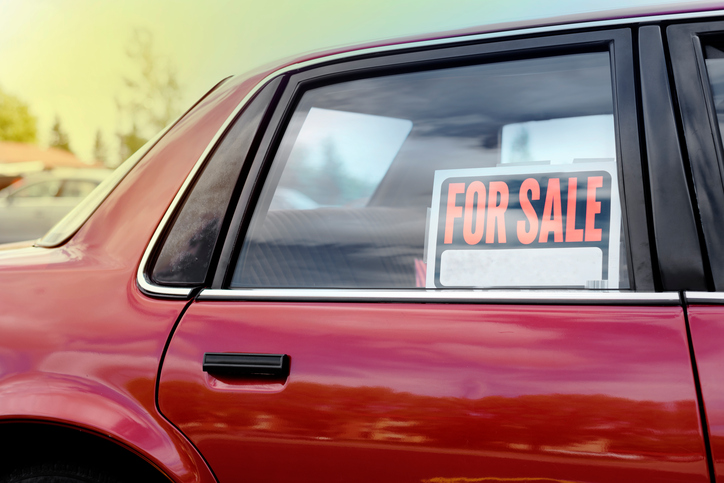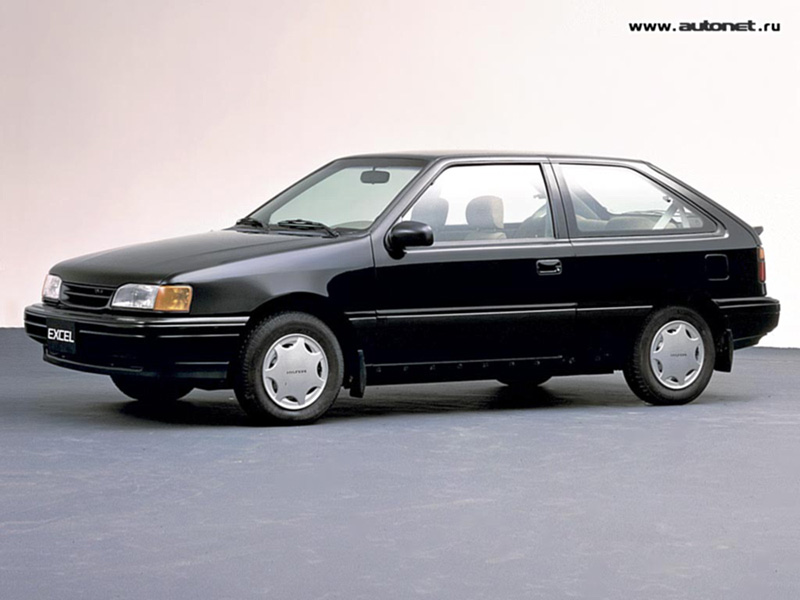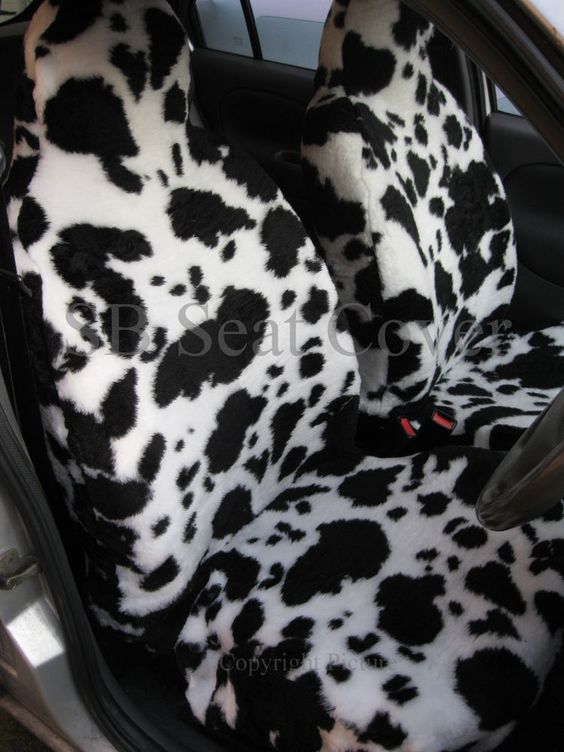ALLBIDS Blog
Learn about events, happenings and more
What to look for when buying a car
Saturday, 06 May 2017 | Xiaolin Chen

As far as first car horror stories go, mine is a cracker.
It was a long time before I could even look back with enough fondness to give her a nickname. And even then, the nickname of choice was ‘The Hyundai Deathtrap’.
No offence to Hyundai, of course. It was the individual car – rather than the brand – that was the problem here. Or more specifically, the dodgy dealer.
Bought from one of the (then) larger and seemingly well-established yards on Newcastle Street in Fyshwick, she was a well-priced 1991 Excel hatchback. I congratulated myself on making such a sensible choice.

Much younger and more naïve then, I didn’t notice the paint colour inside the engine bay was different to the exterior. Weird.
Or that the blueish-white smoke coming from the exhaust might not just be ‘due to the cold weather’ like I was told.
Yes, yes, I know – did I mention I was young and naïve?
Proud new car owner that I was, I kitted her out with every gaudy accessory I could find – including furry black-and-white faux cowhide seat covers, chrome foot pedals and a neon purple gearstick knob.

Super understated, and a total blast for all of the three months she lasted before falling to pieces.
(The story does have a happy ending. It took me seven years and countless court appearances, but I did finally get my money back. With interest. Never did get back my dignity after driving around with those seat covers though …)
In the hope I might spare others such an unpleasant experience, I’ve thrown together a few tips on buying your first, or next, car.
New or used?
This is the first decision, which will guide your choice of car; and there are pros and cons either way.
Used cars are a slightly-less-terrible investment and much cheaper. But they come with existing wear or damage, as well as the risk that you’re buying someone else mistakes and poor quality of care.
New cars are inevitably safe and reliable but are of course, more expensive. And as the cliché goes, you’ll lose most of that money the moment you drive off the lot.
My advice is to shoot for a late model used car. The first thing you should check is the odometer – everything else aside, fewer kilometres means less wear and tear, and less likelihood a few important parts are about to hit the end of their useful life.
Check the service records – these are non-negotiable, in my humble opinion. No service records, no purchase.
Look closely at the condition of the car, especially around the edges – for example, worn on the carpet, scuffing around the doors, handles and locks, even a recently cleaned engine bay. A good detail will hide a lot of sins, but you can find signs that a car has generally been well cared for, or not. Someone who doesn’t care about the car’s appearance might also not care about its mechanics.
Private, auction or dealership?
If you choose to buy your car from a dealership, you’ll likely pay a little more than if buying from a private seller. However, you will get extra protections under the Sale of Motor Vehicles Act 1977, which include things like a three-business-day cooling-off period, guaranteed title over the car, and often some warranty provisions.
(Incidentally, this warranty was what enabled me to take successful action against the dealer that sold me the Deathtrap).
Note however, the list of items not covered by warranty is extensive, and could still provide quite a hit to the hip pocket:Things not covered by the warranty include tyres, batteries, perishable items such as brake pads and wiper blades, accessories fitted after manufacture such as stereo systems, damage caused by accidents, misuse or negligence after delivery, damage to paintwork or upholstery after delivery, tune-ups or services and tools. (From Access Canberra)
If you buy a car privately, you’re still protected by our basic consumer laws, but the burden is on you to do a few more checks, and you’ll likely have to do a lot more work to chase up any problems. Fair Trading exists to keep businesses in line, but when it comes to private sellers, you’re kinda on your own.
There are a number of questions you must ask, and checks you should complete – I won’t re-write them here because there’s heaps of helpful advice and a great checklist here.
We’re lucky to have access to a few good auction options in Canberra – Pickles and AllBids among them, and you can pick up a great ex-govt fleet car for a song. It’ll likely have higher mileage so be wary of that, but it should’ve been generally well cared for and serviced.
Buying at an auction might feel more like you’re buying from a dealer, but in fact, you should exercise the same degree of care as you would if buying privately. Though if the vehicle is being sold by auction on behalf of a dealer, you may still be covered by the Act.
Brand and parts matter a lot
Now we’ve covered off *how* to buy, we get to the fun part – *what* to buy?
Many people think first about the size of car they need. Big sedan, little hatchback, or even an SUV?
Think very deliberately about what you’ll really use your car for. You might fantasise about long road trips into the country, but if the reality is a daily city commute, that’s going to impact more on your choice of car and how much you enjoy it.
There are many types and sizes of vehicle behind each badge. And contrary to popular belief, fuel is unlikely to be your biggest cost in a car.
When it comes to routine maintenance or in the event of a disaster, the last thing you want is greater expense and delays in time because parts and equipment are so hard to source. Those rare spares might even add to your insurance premium.
One of the best tips I was ever given was to stick to well-known and more common brands because it’s so much easier to find the bits and pieces you need.
Think about the previous owner
We all long for the cliché of the car that was owned by a little old lady who only drove to and from church on Sundays. But it is actually a good approach overall, to think about the kind of person who might’ve driven the car before you.
This is also why it’s generally a good idea to steer away from, for example, high-performance cars.
You might be draw in by their slick looks and cool appeal. And hey, you might get lucky and find one that was owned by a real enthusiast.More likely, you’ll find it was owned by someone who bought it for what it can do and pushed it to its limits accordingly.And again, there’s a good chance your insurance company knows that as well and will charge you accordingly.
Mileage really matters
No matter how good a vehicle is to begin with, or how well cared for it has been, the numbers on the odometer are arguably your best indication of how wise a purchase it will prove to be.
That’s because even the best, most loved cars experience wear and tear. Cars are filled with lots of moving parts that wear out, break down, and need to be replaced.
The more kilometres a car has done, the more likely it is those bits and pieces will be due for repair or replacement. And that means a cost to you.Narrow down your choice to the brand, model and year you like; then filter your options by how many kilometres they’ve travelled.
Most experts will tell you a good benchmark to aim for is 15 000 – 20 000 kilometres for every year of life.But that’s particularly tough to apply in Canberra, because so many of us drive, and we drive for relatively long distances too.
On the upside, our commutes and road trips tend to be longer, easier drives – with less time sitting in stop-start traffic. And that’s better for your car and less wear-and-tear on the parts.So if you’re buying a local used car, 20 000, even up to 25 000 kilometres per year, might be a more realistic aim and still a pretty safe bet.

A final word on budget
For most of us, what we can afford to pay will guide our search more than anything.
Everyone loves a bargain, and no one likes the idea of being ripped off. There are various sites where you can get a good idea of the value of a car – RedBook is one of the best known.
However, when it comes to used cars especially (much like in real estate), it’s really the market that sets the price. You’ll get some peace of mind if you remember that.
Don’t get too caught up in what a car *should* be worth. Once you’ve settled on your model of choice, spend a bit of time trawling sites like CarsGuide, CarSales and Drive. You’ll soon get an idea of the upper and lower ends of the price ranges as well as all the averages in between.That’s your best indication of what you’ll actually have to pay.
Do you have a car buying horror story of your own to share? What are your best tips for buying a first or next car?
Captions: Middle, stock image sourced from http://www.todoautos.com.pe/f149/club-hyundai-excel-38093/index35.html. Above, image from https://au.pinterest.com/pin/436427020120678203.
This article was first published on The Riot ACT Website by Jane Speechley https://the-riotact.com/what-to-look-for-when-buying-a-car/201150
